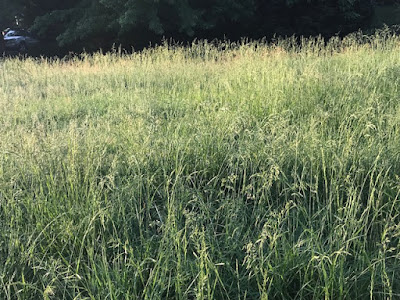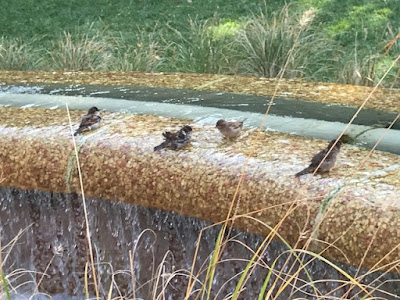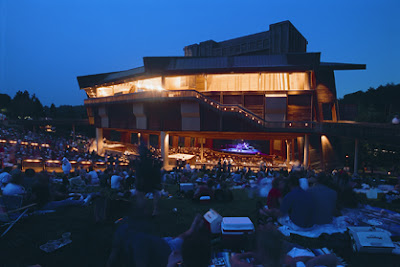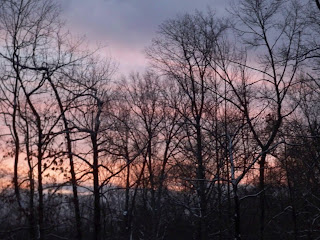Can’t Wait
An early walk this morning through a damp May morning. Peonies hang their heads, roses, too. Iris stand upright, beards glistening, and grasses gleam with moisture. I tip the heavy planter where the new impatiens are struggling to root; they’re almost floating in water, we’ve had so much rain.
It’s the time of year when everything seems most alive. Cardinals sing and swoop. Copper comes inside drenched from rainwater he’s picked up from scooting underneath the azalea bushes. Honeysuckle scent wafts from a tangle of greenery down at the corner. I inhale deep whiffs of it coming and going.
How nice it would be if I could follow this day through its moments. If I could walk, run, bounce and pedal through it. If I could be present for its drowsy afternoon.
Instead, I clean up and drive, walk, Metro and bus to the city. I write these words in a clean, calm office building made of steel and glass. The buzzing, blaring natural world seems far away.
I can’t wait to get back to it.





